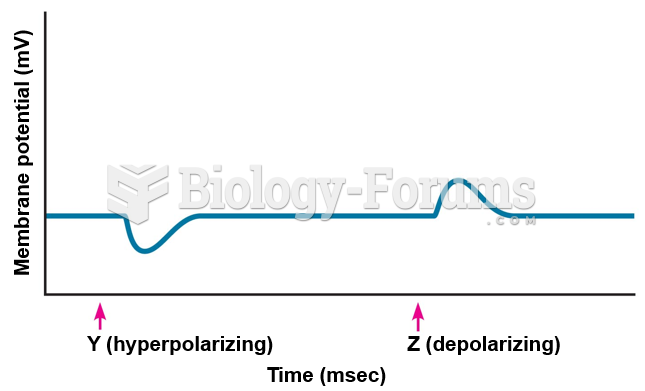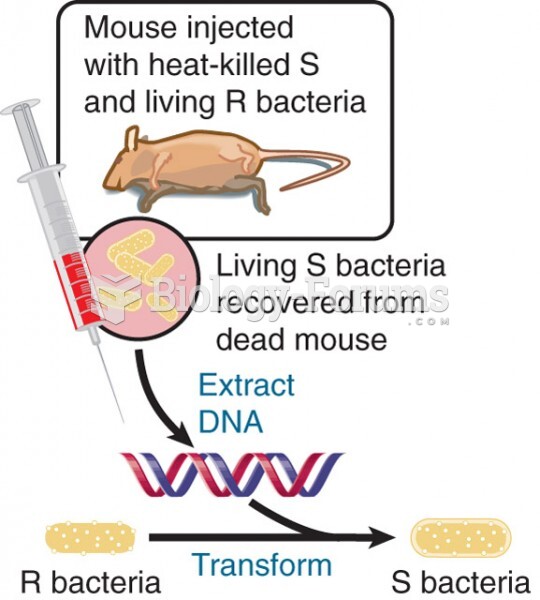Answer to Question 1
The small bowel is remarkably adaptive (villi height and crypt depth can increase to accommodate for lost surface area).
Usually, when less than 50 of the small intestine is resected, normal digestion and absorption can be expected.
Success of adaptation is related directly to the health of the remaining small intestine.
Mr. Page has had extensive Crohn's disease for several years so it may prove difficult to predict his tolerance to this extensive surgery.
Answer to Question 2
Burns, as a type of severe injury or trauma, initiate the stress metabolic response. There is progression through three phases: the ebb phase, acute flow phase, and recovery phase or adaptive flow phase. The ebb phase occurs within the first 24-48 hours and it characterized by hemodynamic instability. This is a period of severe shock with depression of enzymatic activity and oxygen consumption, resulting in decreased cardiac output, decreased core temperature, and increased lactic acidosis. It is critical during this time to conduct fluid resuscitation and oxygen delivery. Thus, feeding this patient while he/she is still hemodynamically unstable is not a top priority for this stage.
During the acute flow phase, which occurs from 3 to 10 days after the initial stress event, the body is hypermetabolic with increased cardiac and oxygen consumption. Other changes include increased glucose production via gluconeogenesis, variable lipolysis, and increased protein breakdown to supply a gluconeogenic substrate. The body also uses amino acids from this muscle breakdown to create precursors for acute-phase proteins and glutamine for gut metabolism. This causes an increase in protein mobilization, increased urinary nitrogen excretion, and lean body mass wasting (weight loss). During this second phase, the body is activating its survival mechanisms to maintain organ systems and promote healing. Unfortunately, this also increases the risk for malnutrition and further complications to the initial event if not treated properly. The goal of this stage is to maintain nitrogen balance to prevent catabolism and the patient will require high levels of protein and energy with nutrition support.
During the last stage, the recovery/adaptive flow phase, the acute flow phase subsides and the initiation of recovery and the repair processes begin. This results in a decrease in energy and protein needs due to the decrease in inflammation and catabolism as anabolism begins to occur. This third phase can last up to two years after initial injury in extreme cases.







